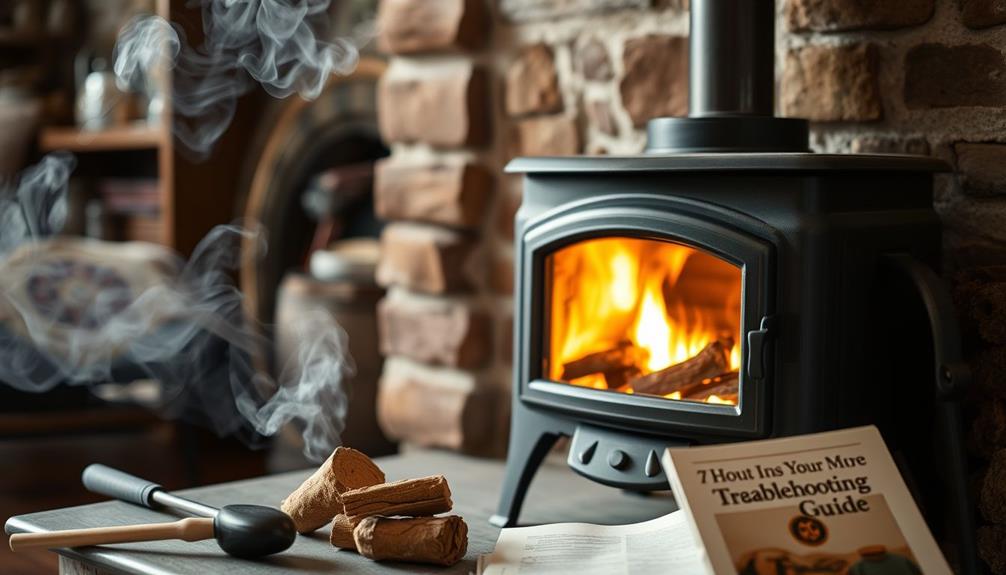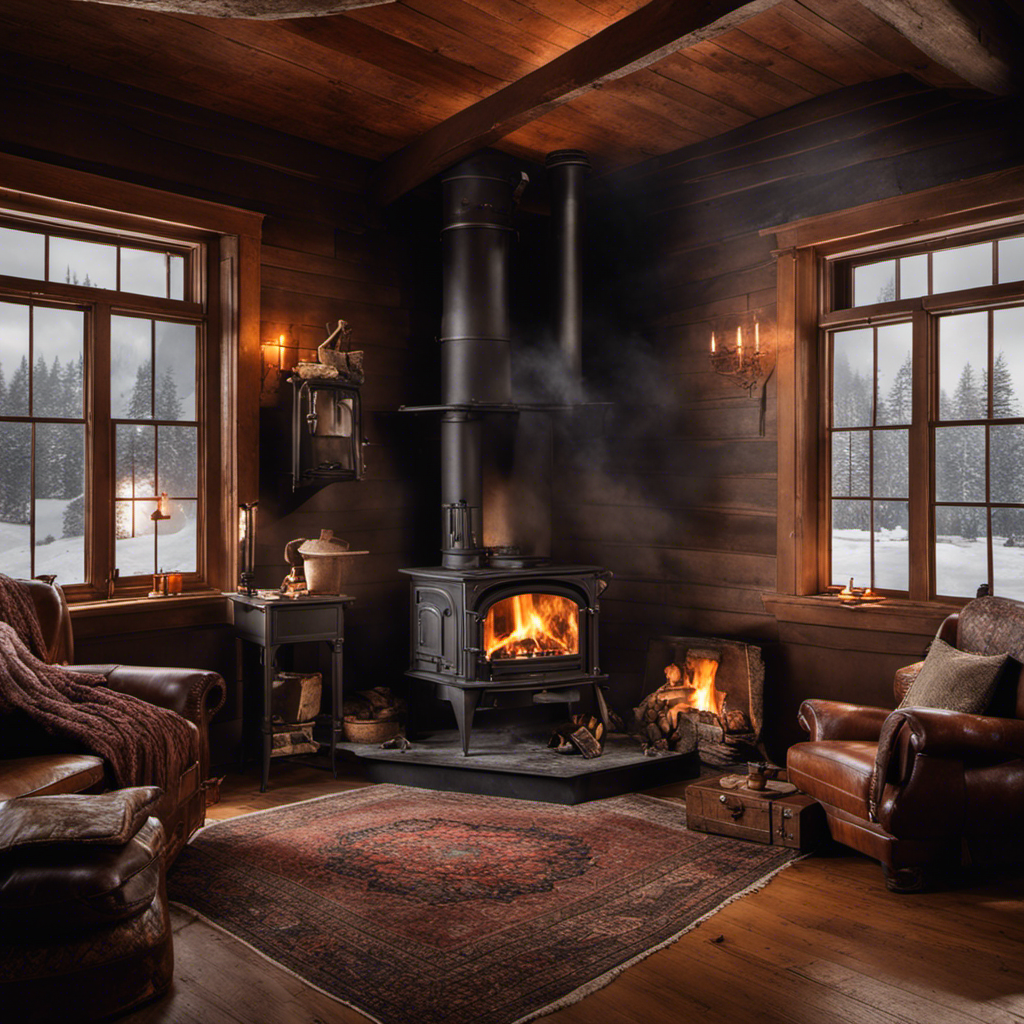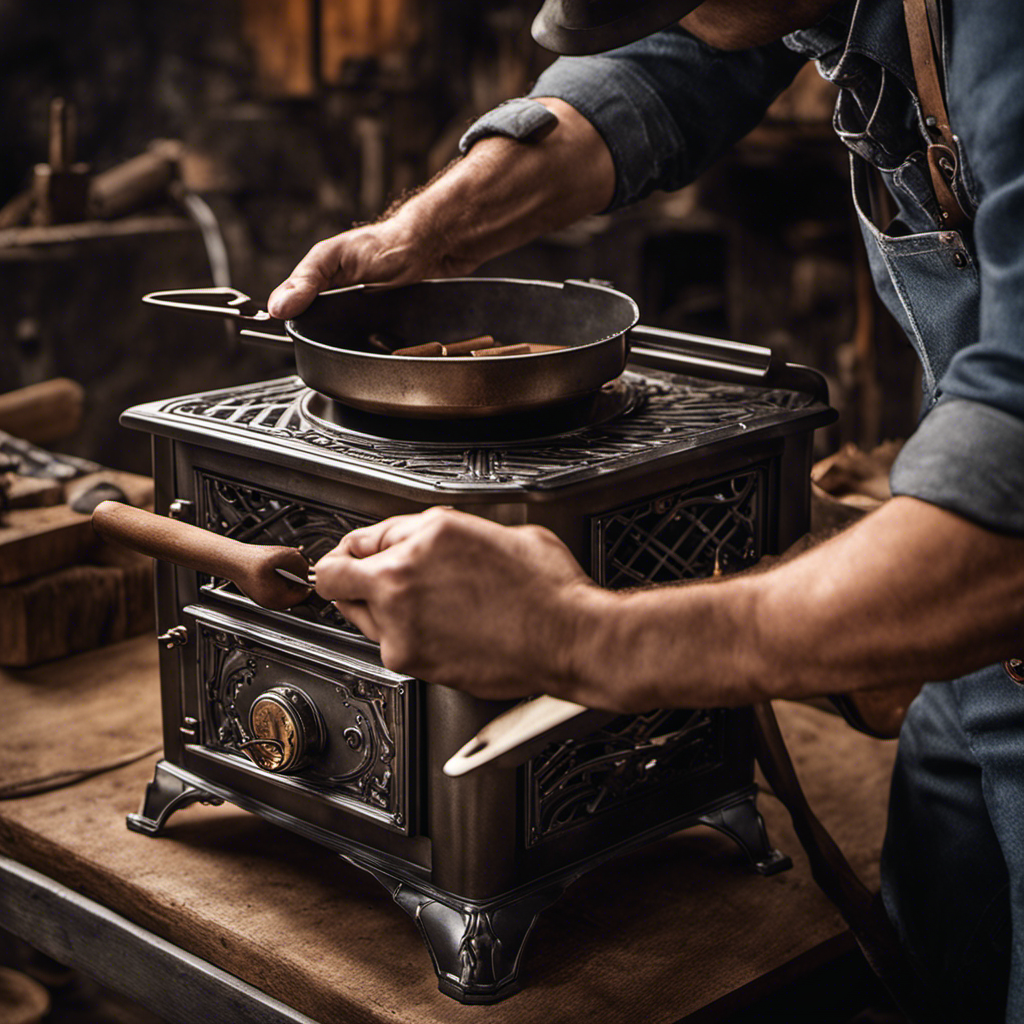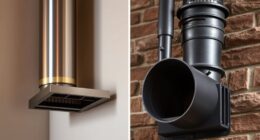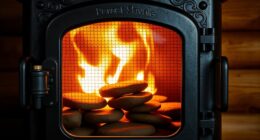Whenever I open the door to my wood stove, a plume of smoke billows out, creating a haze in the room. While it can be messy and inconvenient, I have discovered that there are common reasons for this issue and effective solutions to reduce the amount of smoke emitted.
In this article, I’ll share my knowledge on the importance of proper draft and airflow, the role of chimney height in smoke control, and safety precautions to consider.
Let’s tackle this issue together and enjoy a smoke-free wood stove experience.
Key Takeaways
- Blocked chimney and insufficient draft are common causes of smoke escaping when opening the wood stove door.
- Proper draft and airflow are crucial for efficient wood stove operation, including installing a stove fan and regularly cleaning the chimney.
- Chimney height plays a significant role in smoke control, as a taller chimney creates a stronger draft and helps disperse smoke higher into the atmosphere.
- Techniques for minimizing smoke leakage when opening the door include using gaskets or sealants for a tight door seal and regularly inspecting door hinges for tight closure.
Common Causes of Smoke Escaping When Opening the Wood Stove Door
When I open the wood stove door, I can see smoke escaping due to common causes such as a blocked chimney or insufficient draft.
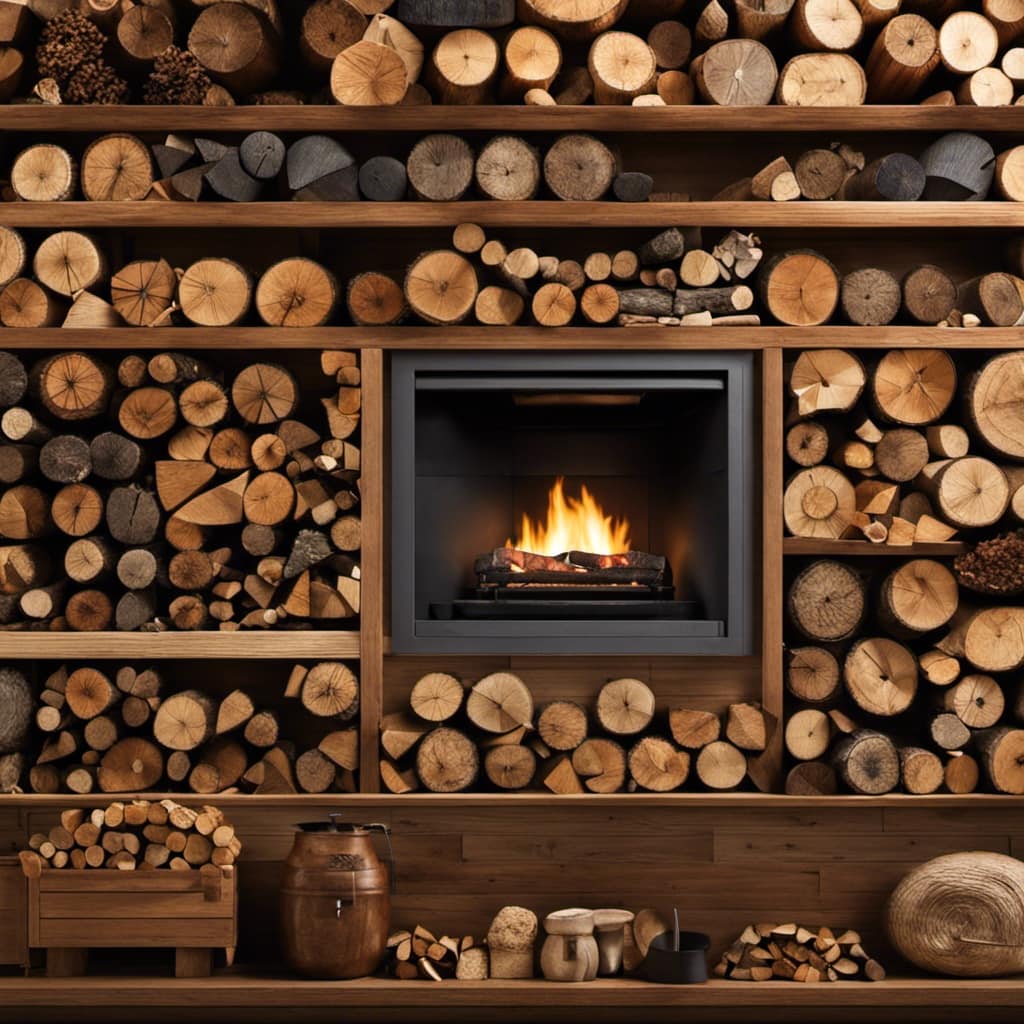
A blocked chimney can occur when there’s a buildup of creosote or debris, obstructing the path for the smoke to escape. This can be resolved by cleaning the chimney regularly to prevent any blockages.
Another possible cause is an insufficient draft, which can occur when there isn’t enough air entering the wood stove to create a strong upward flow of smoke. To troubleshoot this issue, it’s recommended to check the air vents and adjust them accordingly to allow for better airflow.
Additionally, using dry and seasoned wood can help minimize smoke leakage by producing a hotter and cleaner burn.
Importance of Proper Draft and Airflow in Wood Stove Operation
I need to ensure there’s proper draft and airflow for my wood stove to operate correctly. Having a well-functioning wood stove is crucial for both heating my home and minimizing smoke and emissions. To achieve this, I follow these important steps:
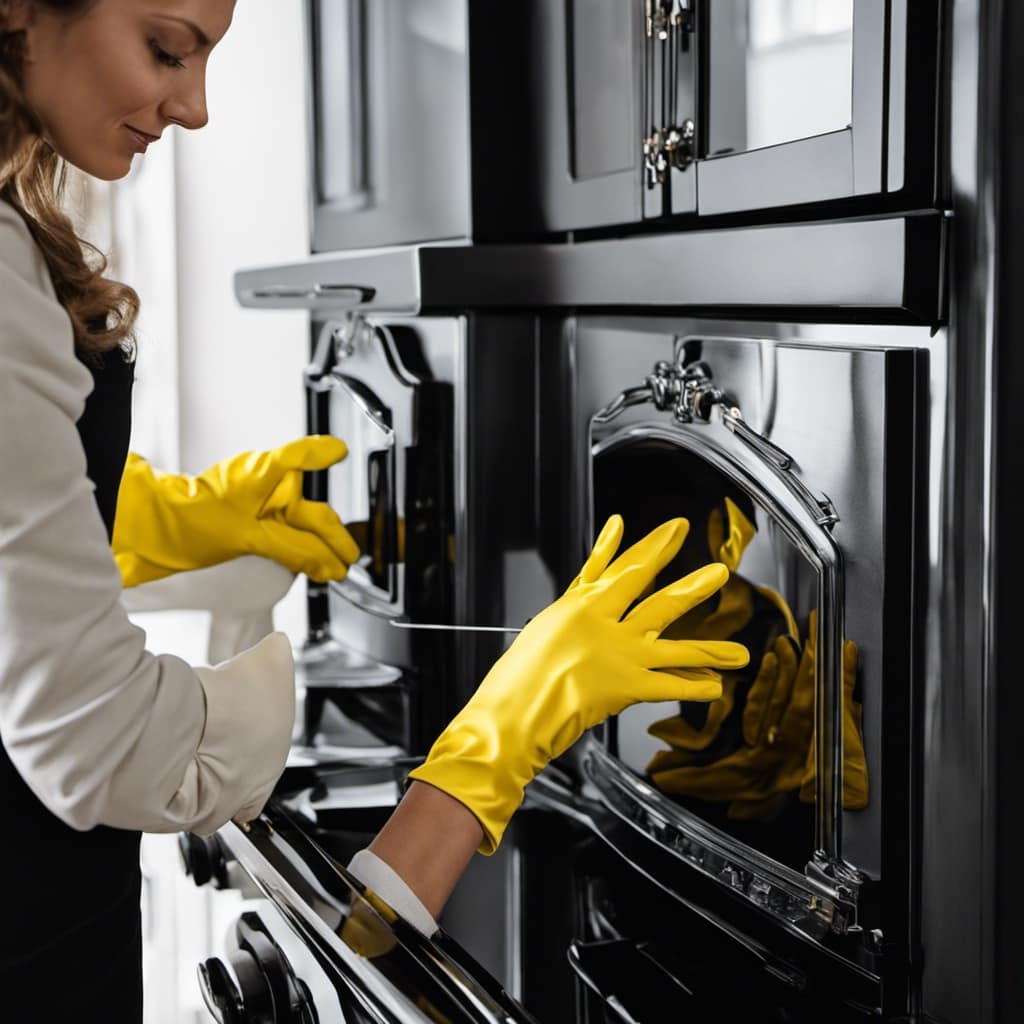
-
Install a stove fan: Using a stove fan can greatly enhance the efficiency of my wood stove by improving the circulation of warm air throughout the room.
-
Clean the chimney: A blocked or dirty chimney can impede proper draft. Regular chimney cleaning ensures uninterrupted airflow and prevents smoke from escaping into my home.
-
Check air vents: Ensuring that the air vents are open and unobstructed allows for proper air intake, creating a strong draft that helps burn the wood more efficiently.
-
Adjust damper settings: If I’m experiencing draft issues, adjusting the damper can regulate the amount of air entering the stove, improving combustion and reducing smoke.
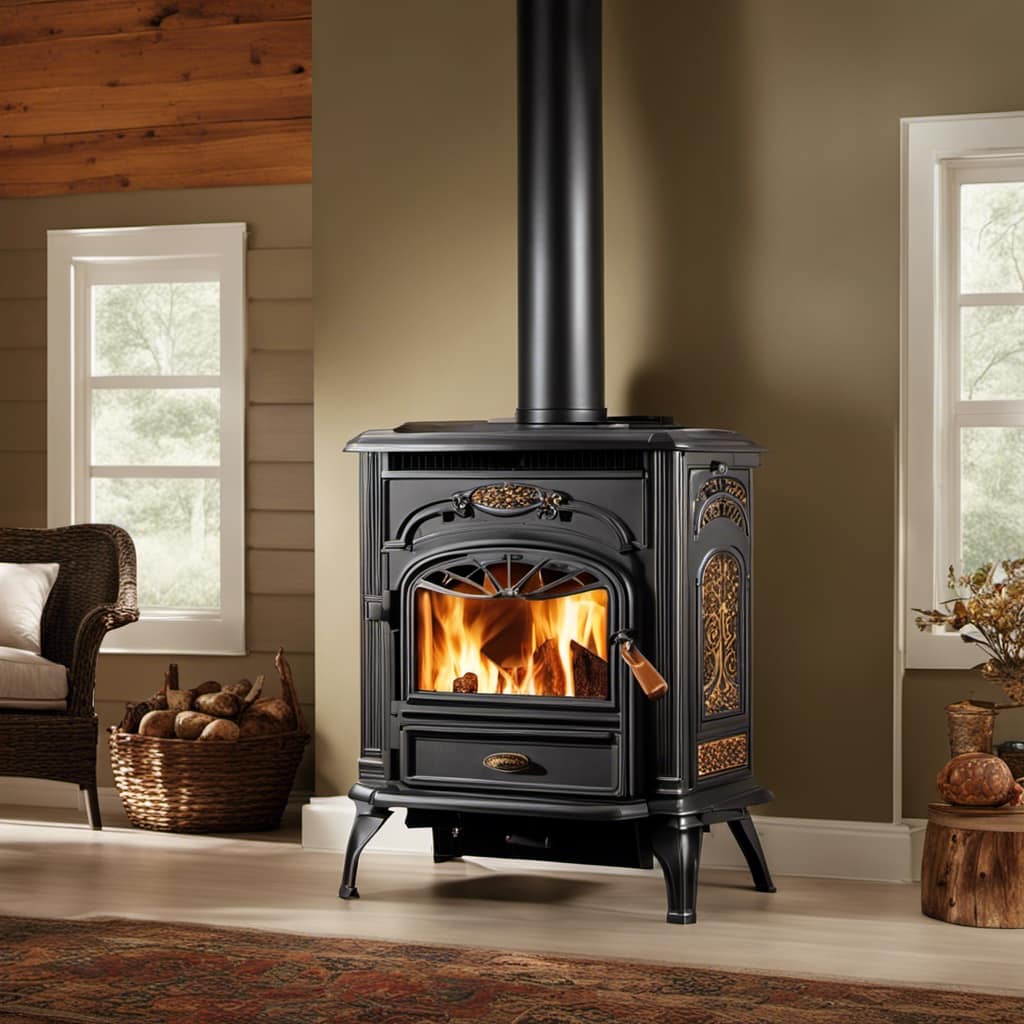
Understanding the importance of proper draft and airflow is essential for effective wood stove operation. However, another crucial factor to consider is the role of chimney height in smoke control.
Understanding the Role of Chimney Height in Smoke Control
Having a taller chimney helps in controlling the amount of smoke that’s released into the environment. Chimney design plays a crucial role in smoke control techniques for wood stoves. A taller chimney creates a stronger draft, which helps to draw smoke out of the stove and up the chimney.
This is achieved by increasing the height of the chimney above the roofline or using a chimney extension. A taller chimney also helps to disperse the smoke higher into the atmosphere, reducing its impact on nearby buildings and living areas.
Additionally, proper chimney design ensures that the smoke is effectively expelled from the stove, preventing it from lingering and causing discomfort or health hazards. Therefore, when it comes to smoke control, chimney height is an important factor to consider in order to maintain a clean and healthy environment.
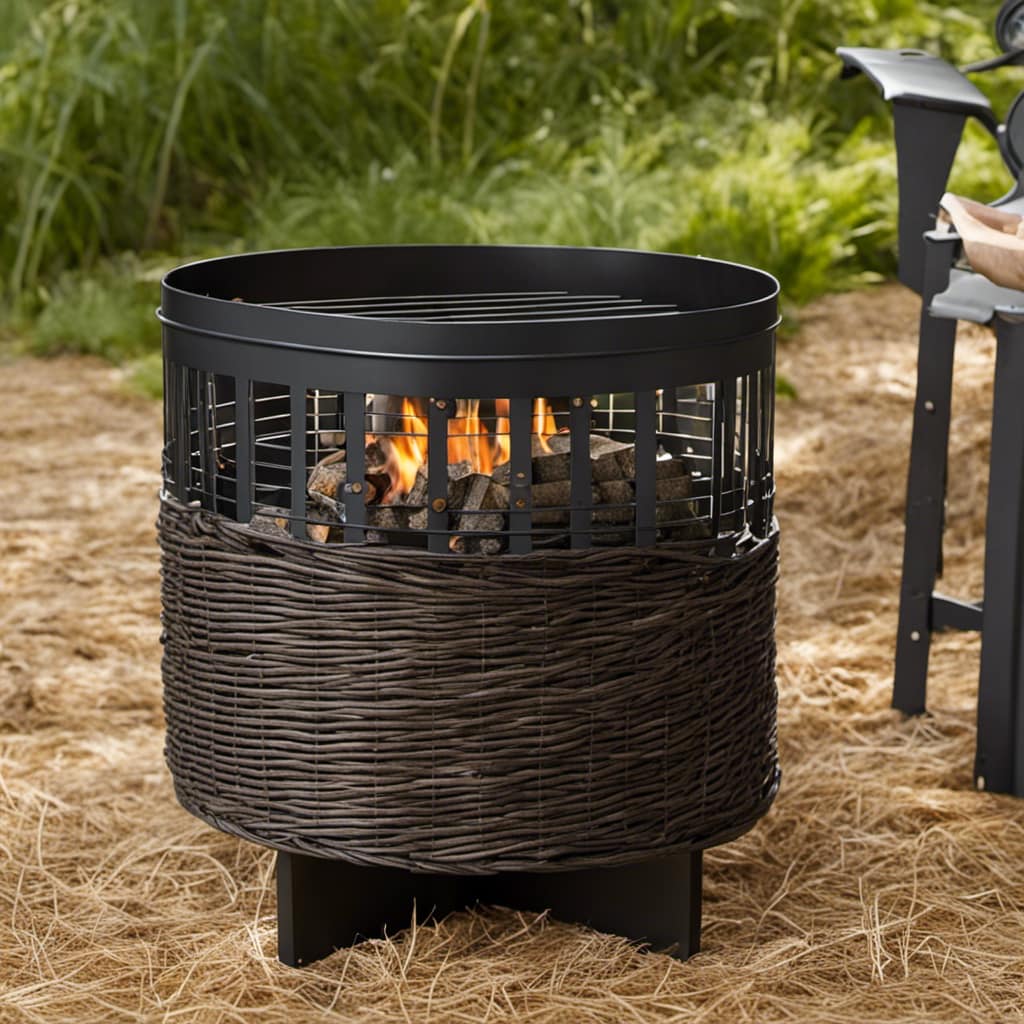
Effective Techniques for Minimizing Smoke Leakage When Opening the Door
To minimize smoke leakage when opening the door, I ensure a tight seal by using a gasket or sealant. This helps create a barrier that prevents smoke from escaping into the room.
Door insulation is also crucial in containing smoke effectively. Here are some techniques I use to minimize smoke leakage:
-
Installing a fiberglass rope gasket or silicone sealant along the edges of the door helps create a tight seal.
-
Applying a layer of fire-resistant insulation material on the inside of the door helps to keep the heat inside the stove and prevent smoke from leaking out.
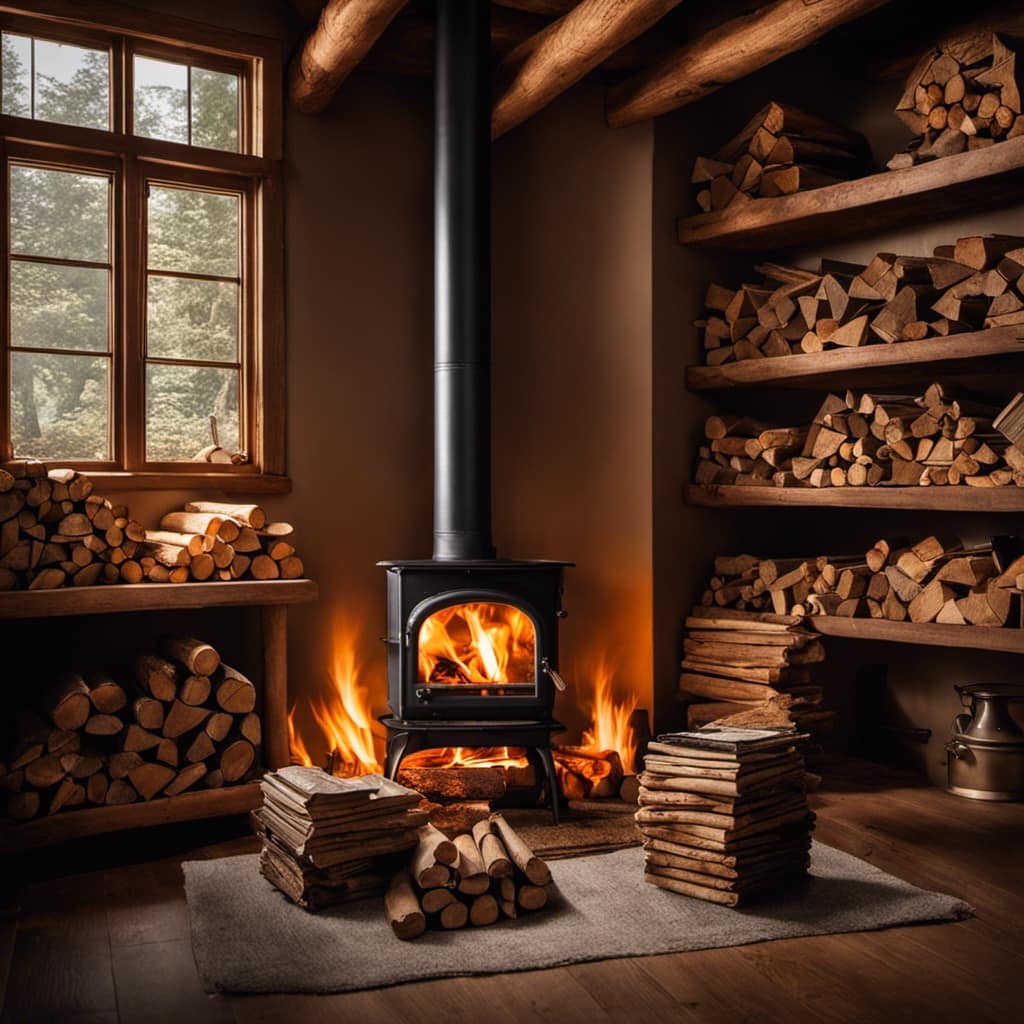
-
Regularly checking and maintaining the door hinges ensures that the door closes tightly and minimizes any gaps that could allow smoke to escape.
-
Using a solid, well-fitting door with proper insulation properties can significantly reduce smoke leakage when opening the door.
Safety Precautions to Consider When Dealing With Smoke Escape From Wood Stove
When dealing with smoke escape, it is important to prioritize safety by regularly inspecting and maintaining the door seals and hinges. This helps prevent accidents and minimize the risk of smoke inhalation. Door seals and hinges can wear out over time, leading to gaps and leaks that allow smoke to escape. By conducting routine inspections, you can identify any issues and address them promptly. Additionally, proper ventilation is crucial in preventing smoke from entering your living space. Make sure that your wood stove is installed correctly and that the chimney is clear of debris. Furthermore, always practice caution when opening the door of your wood stove. Allow the smoke to clear before fully opening the door to prevent any sudden release of smoke into the room. By following these safety precautions, you can enjoy the warmth of your wood stove while minimizing the risk of smoke escape and potential smoke inhalation.
| Safety Precautions | Description | Importance |
|---|---|---|
| Regular Inspections | Check door seals and hinges for wear and tear | Prevents smoke leakage |
| Proper Ventilation | Ensure correct installation and clear chimney | Minimizes smoke entering living space |
| Caution when Opening Door | Allow smoke to clear before fully opening | Reduces risk of sudden smoke release |
Frequently Asked Questions
How Do I Know if My Wood Stove Has Proper Draft and Airflow?
When troubleshooting the draft and airflow of a wood stove, proper maintenance is crucial. Check for obstructions, clean the chimney, and ensure the damper is open. If smoke comes out when the door is open, the draft may be inadequate.
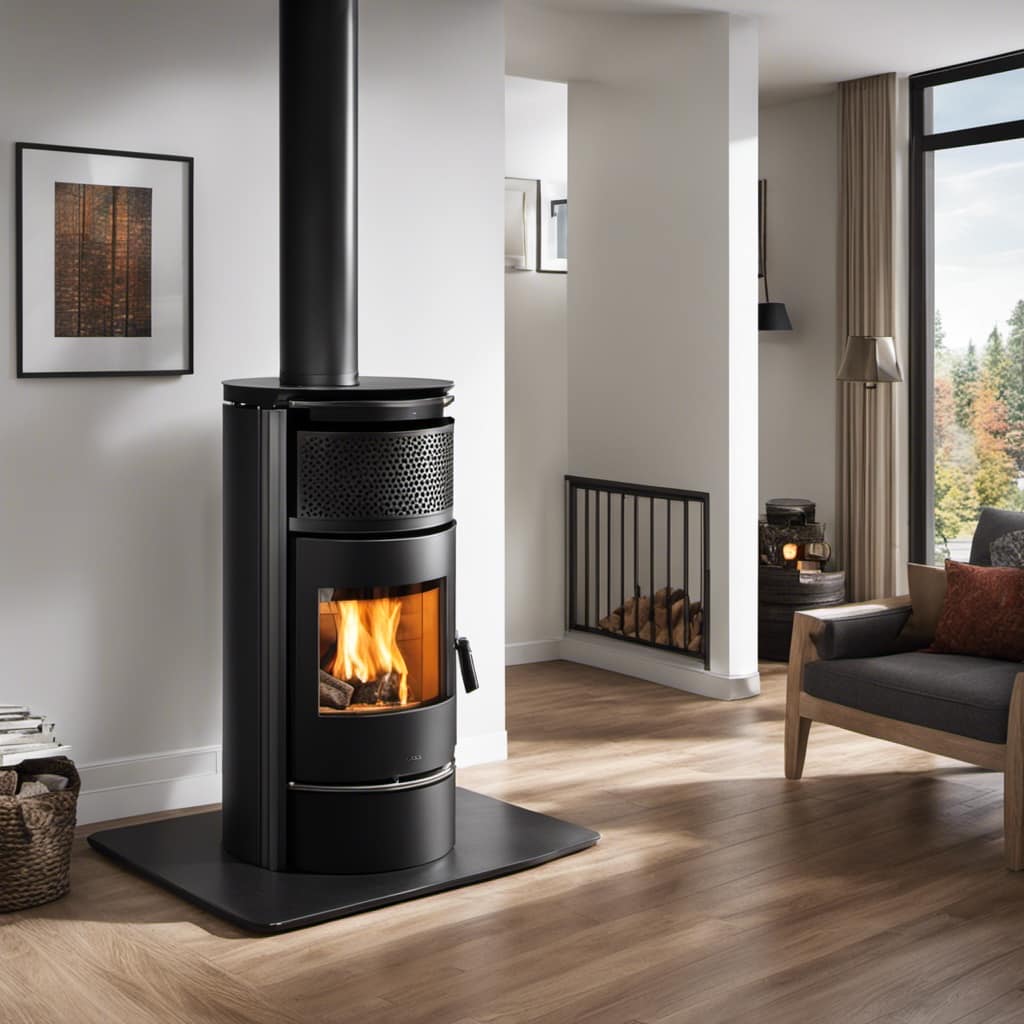
Can the Height of My Chimney Affect the Amount of Smoke Escaping When I Open the Wood Stove Door?
When I open the wood stove door, smoke coming out can be a sign of improper draft. Increasing chimney height can help improve airflow and reduce smoke escape. Troubleshooting the issue is crucial.
What Are Some Techniques I Can Use to Minimize Smoke Leakage When I Open the Wood Stove Door?
When opening the wood stove door, there are techniques I can use to minimize smoke leakage. By properly adjusting the air intake, ensuring a tight seal on the door, and maintaining a clean chimney, I can significantly reduce smoke escaping into the room.
Are There Any Safety Precautions I Should Take When Dealing With Smoke Escape From a Wood Stove?
When dealing with smoke escape from a wood stove, it’s important to take safety precautions. To minimize smoke leakage, ensure a tight seal on the door, use proper ventilation, and regularly clean the stove and chimney.
What Are Some Common Causes of Smoke Escaping When I Open the Wood Stove Door?
Some common causes of smoke escaping when I open the wood stove door include a clogged chimney, insufficient air supply, or improper wood burning techniques. Troubleshooting the wood stove can help identify and address these issues.
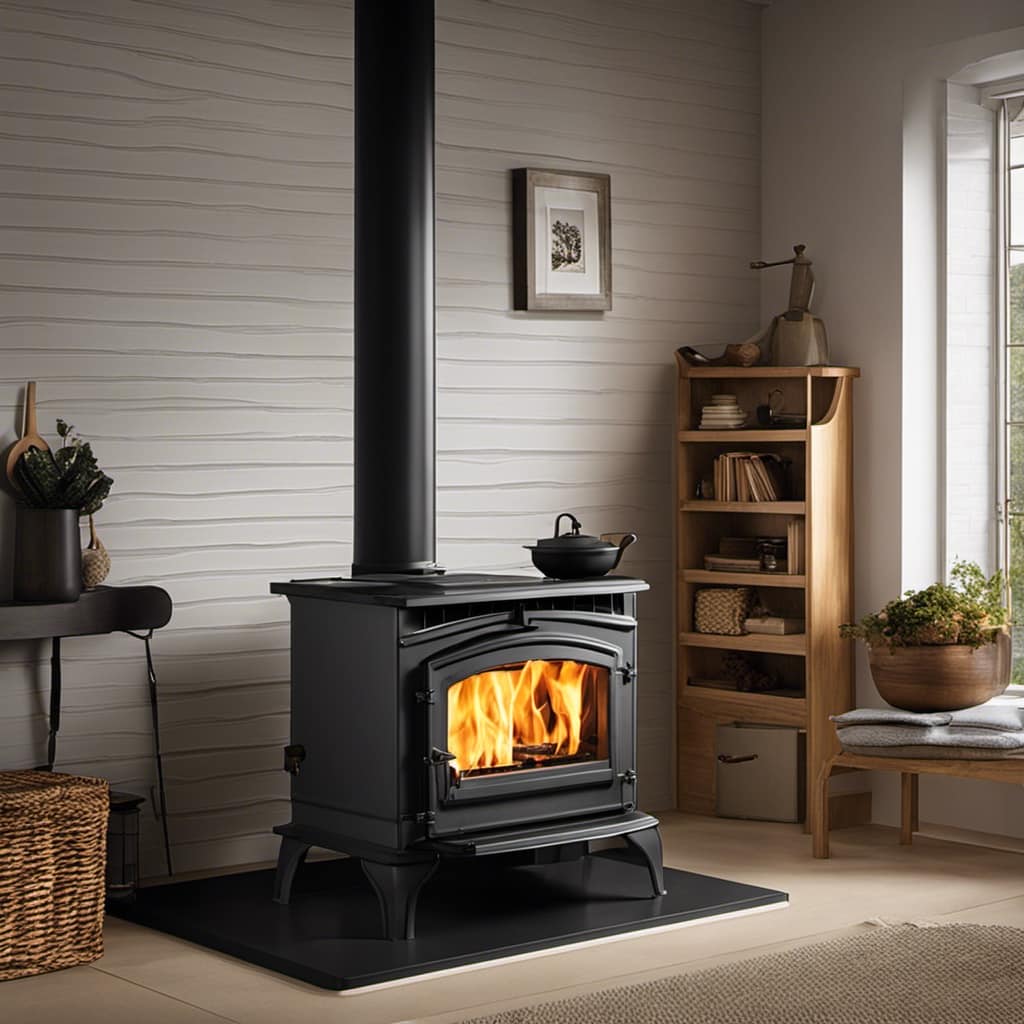
Conclusion
In conclusion, when smoke escapes from a wood stove upon opening the door, it’s often caused by issues with proper draft and airflow. It’s crucial to understand the role of chimney height in controlling smoke.
By implementing effective techniques to minimize smoke leakage and prioritizing safety precautions, such as using a chimney cap and ensuring proper ventilation, one can enjoy a well-functioning wood stove without the annoyance of smoke escaping when opening the door.
Remember, ‘where there’s smoke, there’s fire.’
Growing up surrounded by the vast beauty of nature, Sierra was always drawn to the call of the wild. While others sought the comfort of the familiar, she ventured out, embracing the unpredictable and finding stories in the heartbeat of nature.
At the epicenter of every remarkable venture lies a dynamic team—a fusion of diverse talents, visions, and passions. The essence of Best Small Wood Stoves is crafted and refined by such a trio: Sierra, Logan, and Terra. Their collective expertise has transformed the platform into a leading authority on small wood stoves, radiating warmth and knowledge in equal measure.





